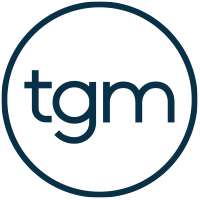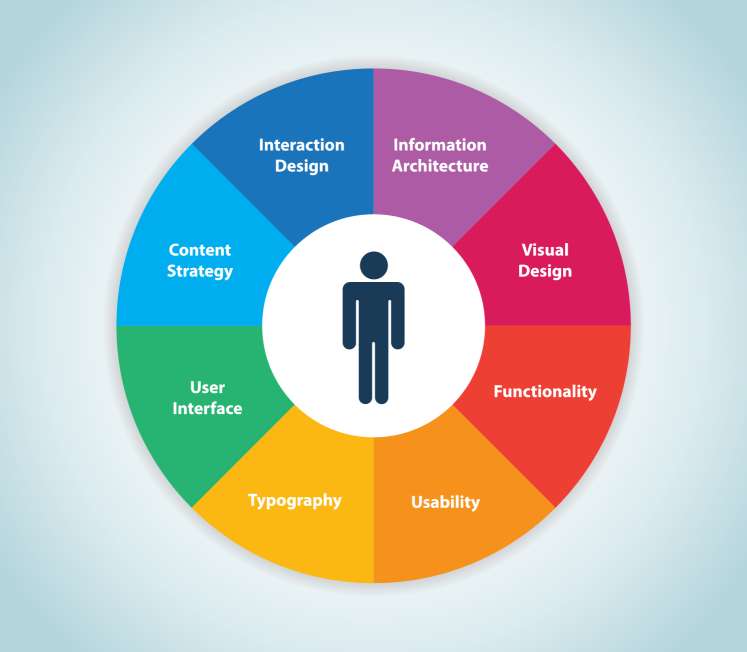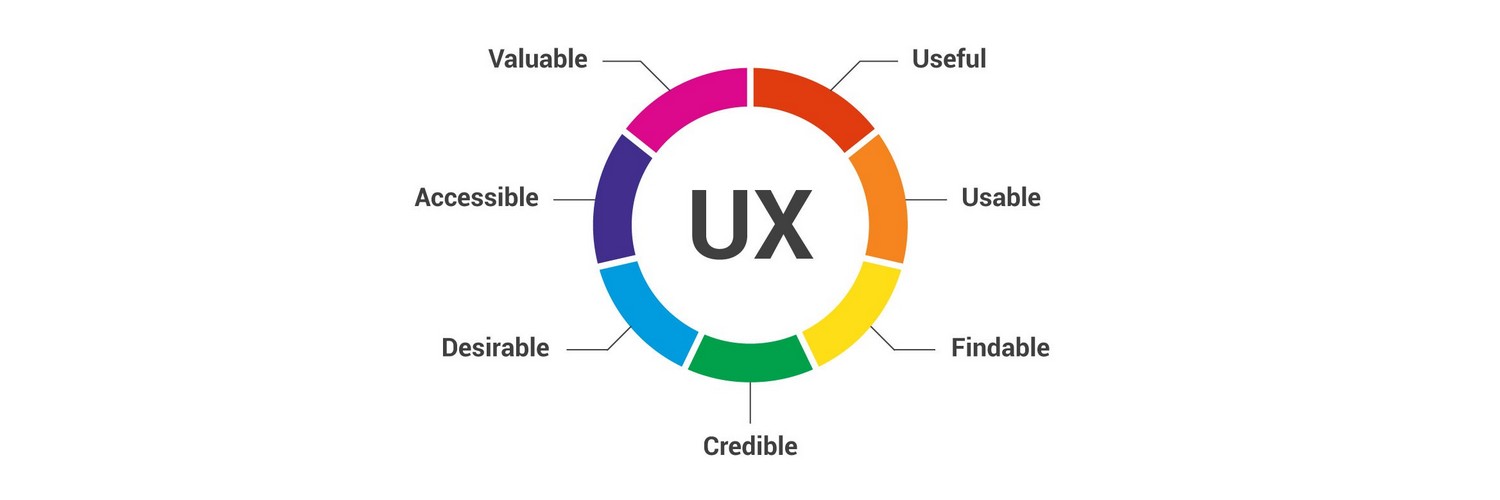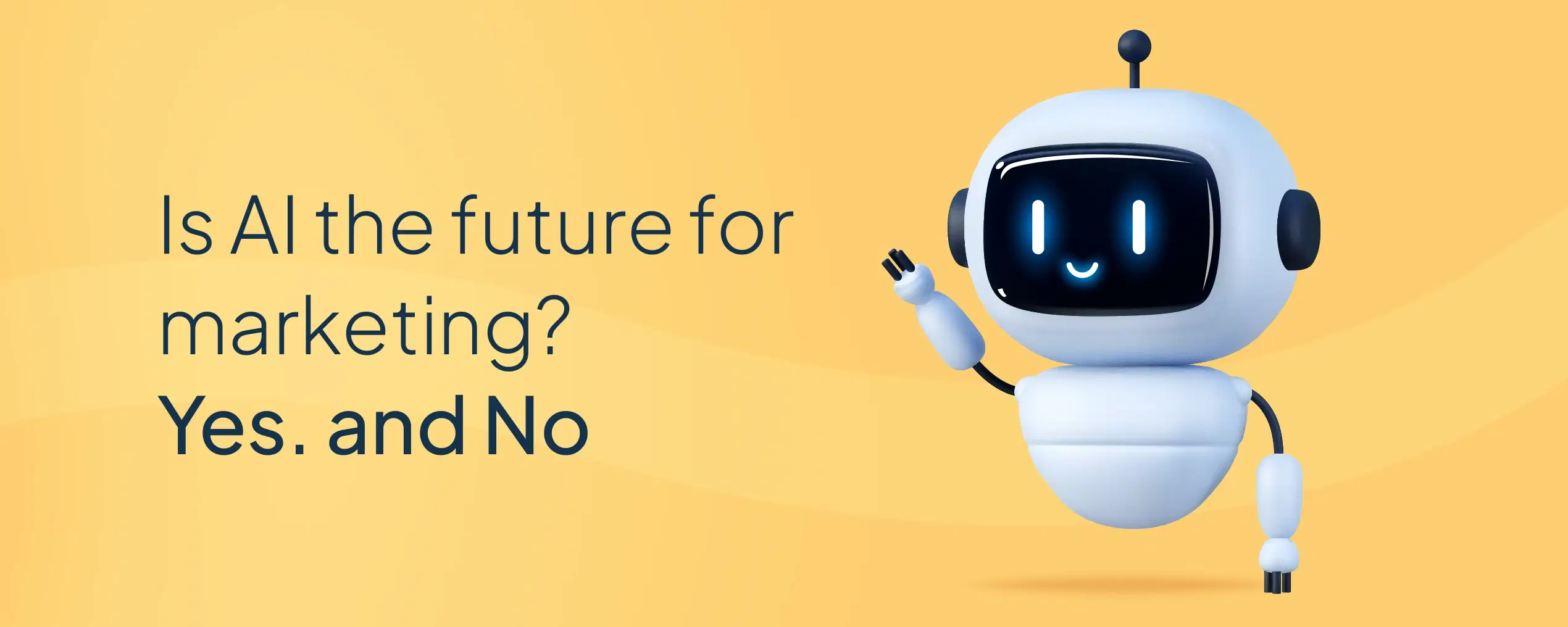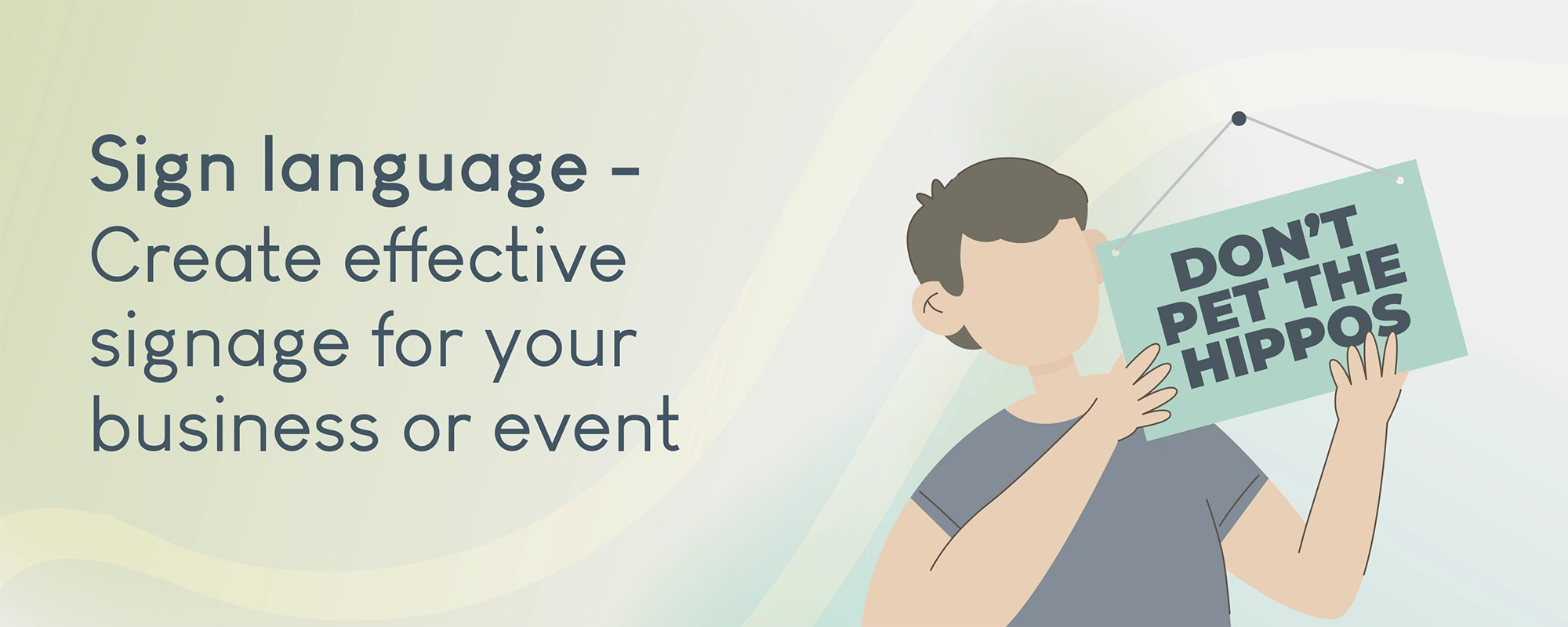A few weeks ago a few members of our TGM Team went along to the Taranaki Technologies seminar on UX Design. We found it so valuable we thought we would write a blog about what we learned.
If you’re unfamiliar with UX Design, the definition itself is the title, meaning ‘User Experience Design’. It’s the process of creating products or services that provide meaningful and personally relevant experiences.
UX design isn’t just about how a product works, it’s about the entire integrated system of the user experience that invovles a number of elements that contribute to the overall experience of the consumer from beginning to end.
One of our favourite examples of UX design is the classic tomato sauce bottle. Whoever flipped the design upsidedown, was thinking not just about containing the sauce, but about how people actually use and interact with the bottle – and importantly, how it could be improved. By turning the bottle design upsidedown, user experience was considered, maximising the amount of sauce at the opening, essentially fixing the shaking, tapping, and squeezing problem all together.
We learnt that a lot of user experience is focused on emotional response and how the audience or customer feels about using a product from the outset. The user’s perception, action, motivation and cognition form an impression, and a product story that determines whether they either have a positive or negative experience. This should always be the key focus when considering UX design. Customer is king.
Take a look at the images below to see the factors that contribute to a well-rounded User Experience.
These two images are separate models that describe the elements of UX design. We’ve broken down what each element means below:
Information Architecture:
How information is presented and displayed for the easiest absorption of information – i.e. information hierarchy, which means placing the most important information first.
Visual Design:
The aesthetics and appeal of a product play a part in engaging the consumer – products need to create desirability.
Functionality:
The product needs to fit seamlessly into everyday life and serve its purpose well.
Usability:
A product should be easy to use, to find, to understand, and to explore.
Typography:
Typography should be considered, as it creates personality and enhances functionality.
User Interface:
The user interface such as a website should be easy to navigate and have clear pathways so that an audience is lead to a conversion.
Content strategy:
UX design should consider what content is valuable to an audience. This includes relevance and SEO optimisation.
Interaction design:
This is about how audiences interact with a product, ensuring that each step of the way is as intuitive as possible.
Useful:
Ensuring an audience would find a product useful and beneficial to their lives.
Findable:
This is about making sure information is accessible so people can easily find and learn about your product to purchase or consume it.
Credible:
Credibility is important to establish as audiences with repeat use must trust the product.
Accessible:
A product should be easy to obtain and the experience of receiving it should be a positive experience.
Valuable:
The product should add value or be valuable. Not just in costing, but how it adds value to people’s lives.
These many areas are all things to consider when developing a product experience or service. As a general rule the consumer must be at the forefront of the development at each and every phase.
What we found valuable was the understanding of the difference between UI vs. UX design. UI design being – user interface design – vs. user experience.
Although the terms have a very close relationship, and are often misused or used interchangeably, there are important differences. UI design can be more closely related to graphic design, focusing on how something looks on the surface and how it is used. Whereas UX design is more analytical in the sense it considers all elements of the user experience from their needs, to accessing the product, what they do with it after and how the user feels using the product.
A great product starts with UX design and then incorporates UI. Both of these work together and are essential for a product’s success.
We found great value in this seminar, and that each of our roles complimented this talk. Together having a strong hand in UI design and elements of UX such as navigation, usability, and findability with SEO, and myself in analytics, information architecture and content strategy.
We came away with a valuable source to measure our websites and marketing against, ensuring that we are at every level keeping our clients and importantly, their clients’ experience at the forefront of our design, functionality and marketing.

